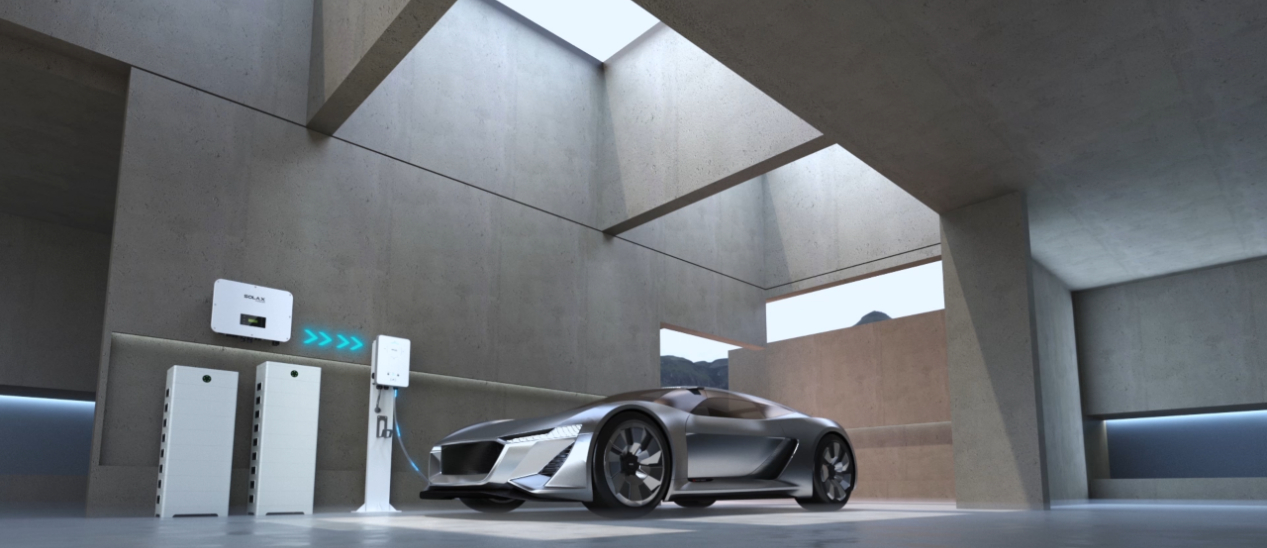In recent years, the rise of commercial and industrial (C&I) energy storage systems has become a significant trend, driven by the need for businesses to reduce energy costs, improve energy reliability, and contribute to sustainability goals. As renewable energy adoption increases, the demand for energy storage solutions that can handle large-scale commercial and industrial needs has surged.
The commercial and industrial sector has become a driving force in the energy storage market due to the increasing need for businesses to become more energy-independent and sustainable. As the costs of solar power generation continue to drop, coupled with growing environmental concerns, businesses are looking for energy storage solutions to maximize the use of renewable energy.
C&I energy storage systems primarily rely on advanced lithium-ion batteries, although other technologies such as flow batteries, lead-acid, and sodium-sulfur batteries are also utilized. The battery technologies are paired with power conversion systems (PCS) and inverters, which ensure that the stored energy can be converted into usable AC electricity. The integration of battery management systems (BMS) is critical to monitor and control the batteries' performance, ensuring safe and efficient operation.
The cost of a C&I energy storage system depends on several factors, including system components, installation, and ongoing maintenance.
System Components: The core components of a C&I storage system include the battery modules, inverters, and BMS. The battery modules are the most expensive part of the system, while inverters and PCS also contribute significantly to the cost.
Installation Costs: Installation costs vary depending on the system's size, the complexity of integration with existing infrastructure, and labor costs. Larger systems typically require more sophisticated installation processes and higher costs.
Maintenance and Replacement Costs: Maintenance is crucial to ensure the long-term reliability of a C&I energy storage system. Although lithium-ion batteries have long lifespans (typically 10-15 years), they may require periodic maintenance, and components like inverters or batteries may need to be replaced over time.
Understanding how C&I energy storage systems work is the key to designing an effective solution. The purpose of C&I energy storage systems is to store excess energy generated during periods of high renewable generation or low demand and release it when the demand spikes or when renewable generation is unavailable.
It works by charging the batteries when electricity demand is low or when excess energy from renewable sources like solar or wind is available. This stored energy can then be used when demand increases or during periods when energy production is low. By smoothing out energy supply and demand fluctuations, C&I storage systems help reduce energy costs, improve grid reliability, and enable businesses to take advantage of time-of-use electricity rates.
Inverter and Power Conversion System (PCS) Design: The inverter plays a critical role in converting DC power from the batteries into AC power, which can then be used by the facility. The PCS ensures that the conversion process is efficient and that power flow is managed properly between the grid, the storage system, and the facility.
Battery Modules Design: The choice of battery technology, battery capacity, and the configuration of the battery modules are essential aspects of system design. Batteries need to be selected based on the energy storage requirements of the facility and the expected charging and discharging cycles.
Battery Management System (BMS) Design: The BMS monitors each cell in the battery pack to ensure it operates within safe limits, optimizing performance and longevity. It tracks temperature, voltage, and state of charge, and balances the charging/discharging process across all cells in the system.
Series and Parallel Connection
The arrangement of battery cells in series or parallel directly impacts the voltage and capacity of the energy storage system. By properly configuring the cells, designers can achieve the desired energy output while ensuring that the system can meet the specific demands of the commercial or industrial application.
Cooling and Thermal Management
Thermal management is crucial for maintaining optimal performance and extending the lifespan of the energy storage system. Lithium-ion batteries, for example, are sensitive to temperature fluctuations. Proper cooling systems—whether passive or active—ensure that the battery operates within the required temperature range, preventing overheating and improving efficiency.
Control and Monitoring
Advanced control systems allow operators to monitor energy consumption, system health, and performance in real-time. The data helps identify potential issues before they become critical and ensures that the system operates at peak efficiency.
Efficiency Enhancement
Efficiency is a key consideration in the design of C&I energy storage systems. Battery and power conversion systems need to be optimized for energy conversion and storage to minimize losses. Proper system integration and design choices can improve round-trip efficiency and reduce energy waste.
Environmental Impact
Sustainability is another key factor in the design of energy storage systems. The selection of battery technologies, as well as the system's energy usage patterns, can significantly impact its environmental footprint. Choosing eco-friendly, recyclable, and sustainably sourced materials can help reduce the overall environmental impact of the system.
In conclusion, C&I energy storage systems are essential for businesses aiming to reduce energy costs, enhance sustainability, and improve energy reliability. The right design, based on the specific needs of a commercial or industrial application, can significantly optimize performance, efficiency, and return on investment. By incorporating advanced technologies such as solar inverters, and battery management systems, businesses can build energy storage systems that meet both their current and future energy needs.
For businesses looking for a reliable, efficient, and cost-effective custom solar energy solution, SolaX provides commercial and industrial (C&I) solar PV and energy storage systems that are engineered to meet the unique needs of large-scale energy users. Whether you are looking to reduce energy costs or improve your energy security, SolaX offers tailored solutions that ensure long-term reliability and performance.
